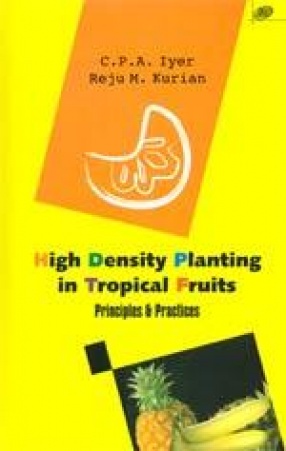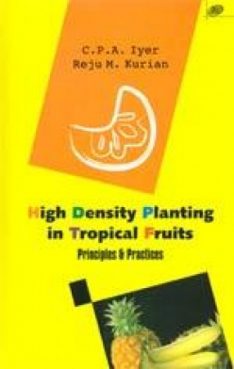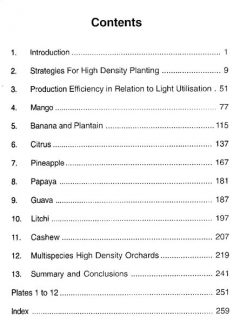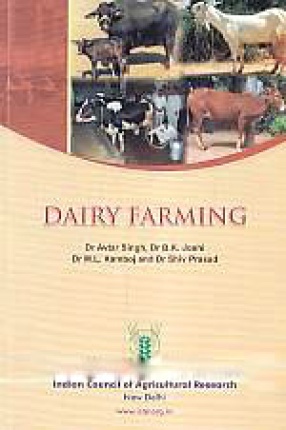With the advance in our knowledge about tree architecture, physiology of tree size control, development of dwarfing rootstocks and chemical growth retardants, many growers of temperate tree fruit crops have opted for closer planting of small sized trees. This system, popularity known as the High Density Planting (HDP), enables earlier cropping, high regular yields and improved farm management practices, leading to higher productivity and profitability. High density palnting in fruit trees was first introduced in case of apple in Europe during the nineteen sixties, with the development of Mailling and Malling – Merton rootstocks. Subsequently, this was experimented in other temperate fruit crops like peach, plum, pear, and sweet cherry. Today, majority of new orchards of apple and to some extent that fruit crops in Europe, New Zealand, USA and Australia use this intensive system of fruit production profitably. The development of dwarfing rootstocks in apple, pear and cherry has greatly enabled the success of these ventures. Besides, the use of growth retardants such as B-9, which restricts tree growth and encourages early flower introduction, was also helpful for these high-density planting systems. The developments in temperate fruit gradually had their impact an sub-tropical fruit crops. Increasing pressure on land owing to diversion of orchard lands to other purpose like urban development and infrastructure generation as well as rising energy and land-costs, together with mounting demand for fruits have made it imperative to achieve higher productivity in perennial tropical fruit crops too. It was soon realized that HDP with some modification suited to the respective crop could greatly enhance productivity of tropical and sub-tropical fruits also. In the case of relatively short duration fruit crops like banana, pineapple and papaya, much progress has bee achieved; the advantage being that any mistake in the cases of long-term perennial tropical and sub-tropical fruit trees, the available information’s not fully adequate and more efforts are needed to achieve concrete results. Hasty recommendations fro closer spacing the plant density would automatically increase productivity has made negative impact in growers’ fields in many countries. What is needed then is to apply the available technologies in a logical way to reap the benefits of increasing the panting density while the technologists have to focus on well-designed, long-term experiments. It is in this perspective that the authors have tried to make a critical assessment of the currently available information and to make broad recommendation for fruit growers so that the benefits of these technologies can be exploited at the field level. Information is also given on the present status of our scientific understanding of the subject so that the scientists can attempt to fill the gaps in knowledge through suitable experimentation. The definition of ‘High Density Planting’ in our discussing has not been restricted to planting a higher number of trees of the same species per unit land area but to enlarge the scope to multi-species and multi-tier systems. After all, the ultimate aim is to produce more and more from unit area, may be from one species or from many, in order to make the venture of tropical fruit production more remunerative and sustainable. Therefore, mention of intercropping and multi species high-density orchards, as means to enhance cropping intensity and overall orchard productivity are also included in this book. This, the contents of the book reflect the current status and a critical analysis of our knowledge in the field of mono-and multi-crop. high density planting in tropical fruit crop based farming.
High Density Planting in Tropical Fruits: Principles and Practices
In stock
Free & Quick Delivery Worldwide
Bibliographic information
Title
High Density Planting in Tropical Fruits: Principles and Practices
Author
Edition
1st ed.
Publisher
ISBN
9798181890947
Length
xii+260p., Tables; Figures; References; Plates; Index; 23cm.
Subjects






There are no reviews yet.